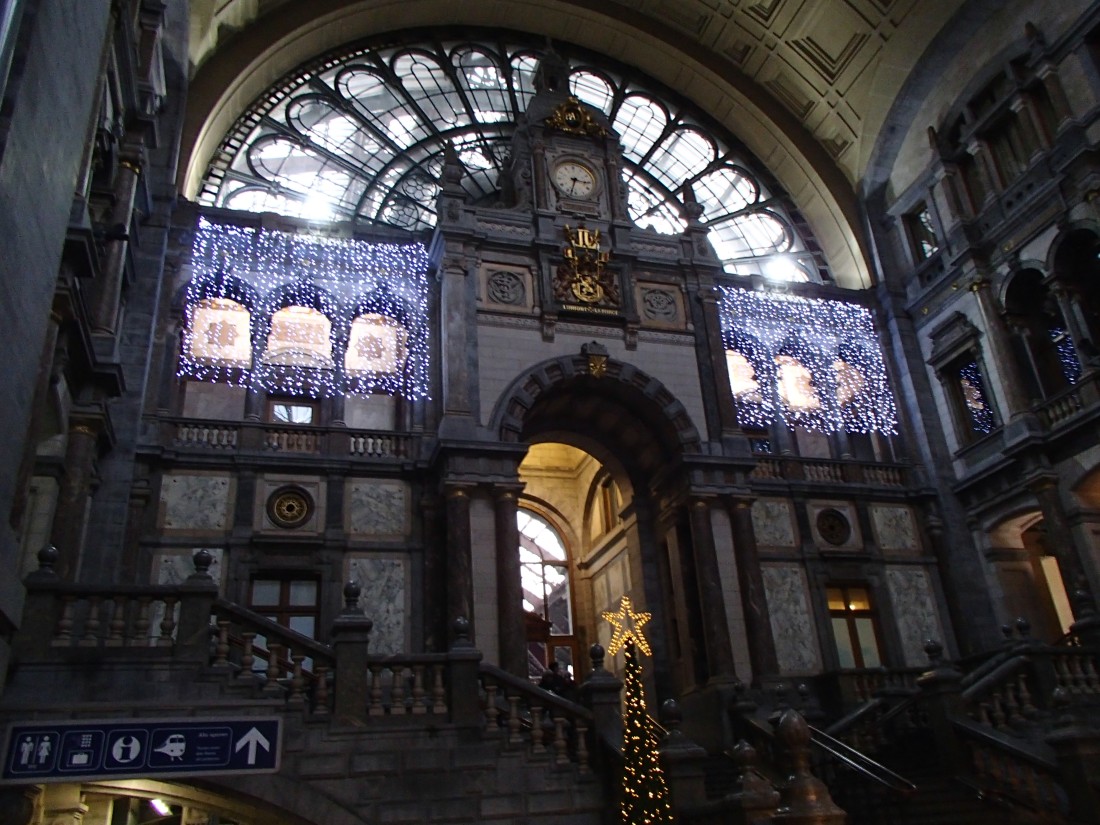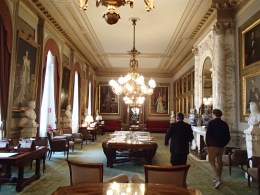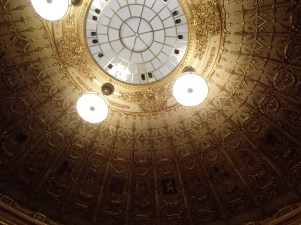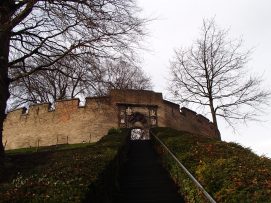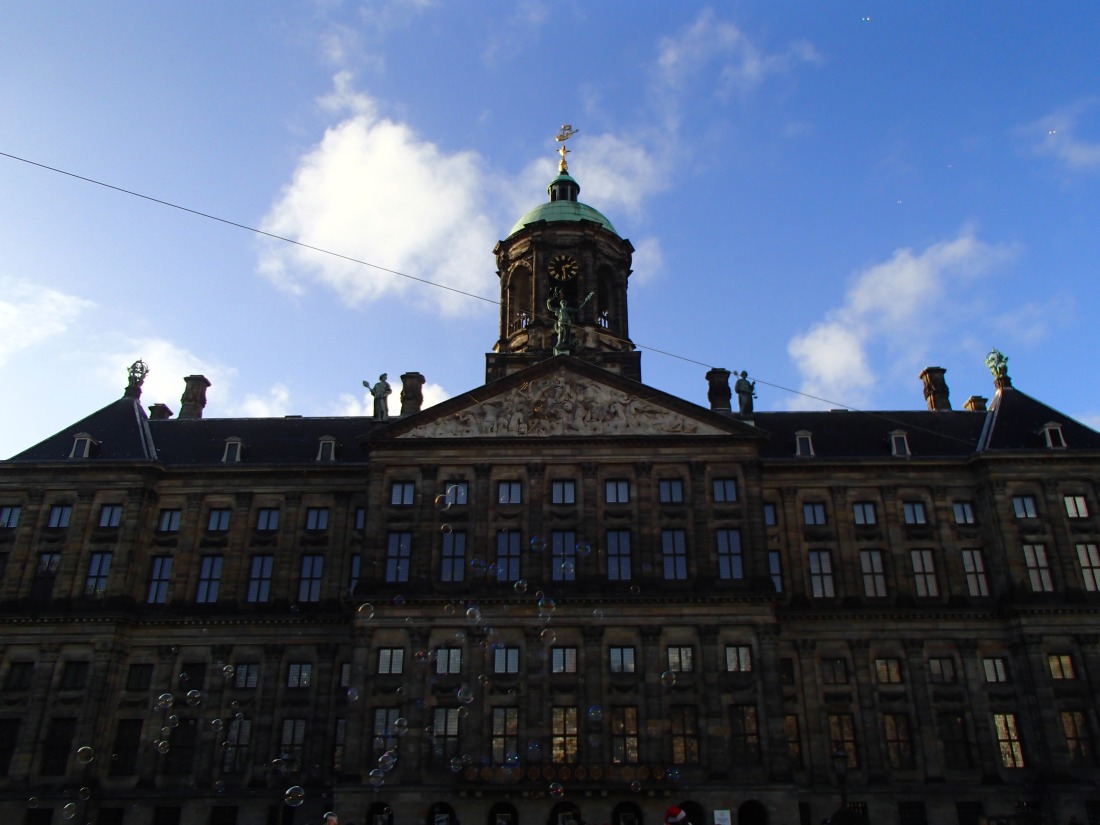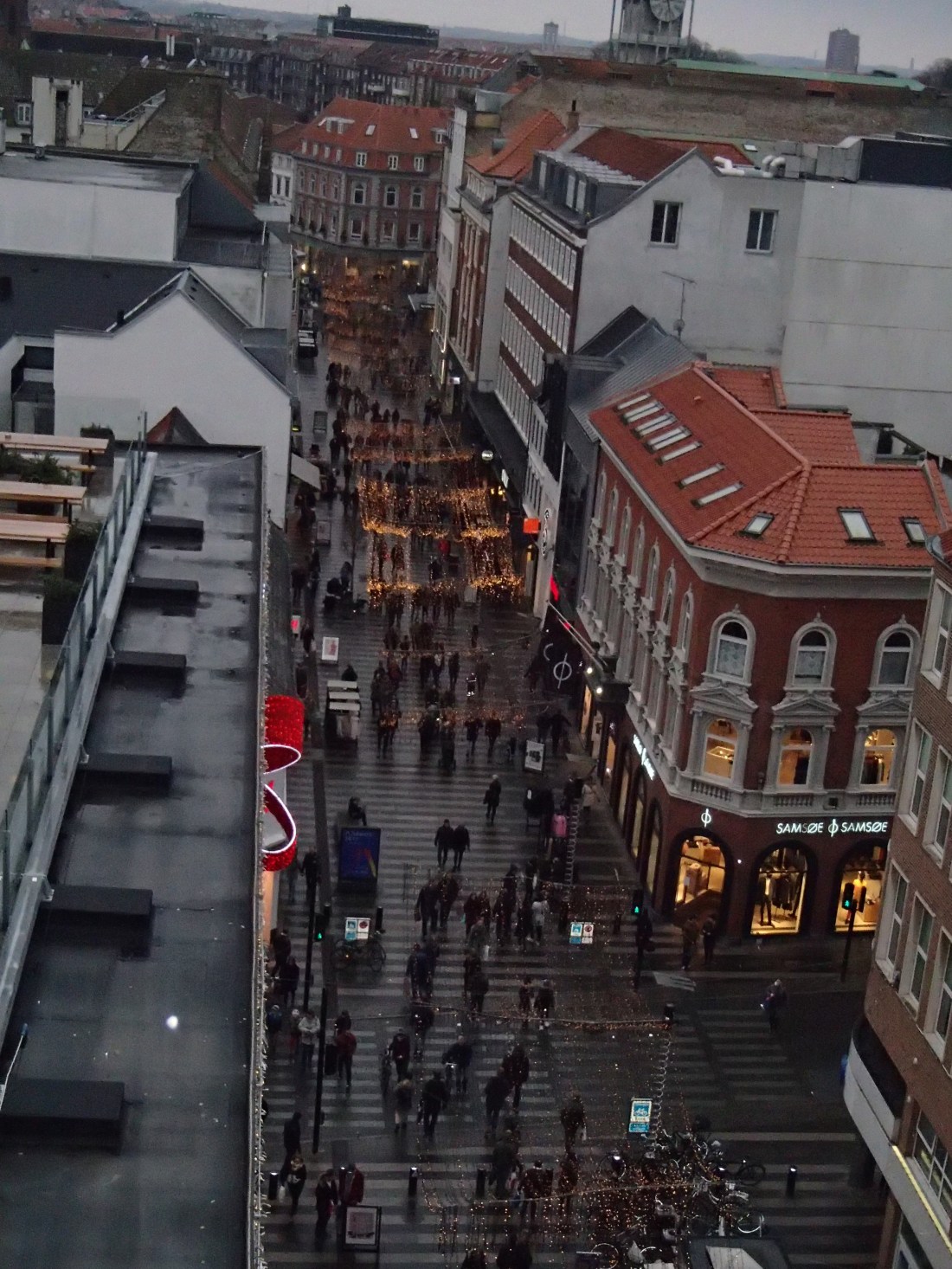During the CUSU elections, all the candidates took a great deal of time to point out where Cambridge was falling short. This was not without good reason, obviously, because there are so many areas where Cambridge could improve.
However, I’d like to take a moment to speak about something where Cambridge is definitely getting it right: The Student Travel Award. Uniquely in the United Kingdom, the University gives students a chance to travel around the world to meet alumni groups and build connections between our University and the extensive group of graduates, college members and current students who called, or call, Cambridge home.
The Student Travel Award is designed for any student taking more than a one year degree (sorry MPhil students) who would like to travel to visit alumni groups in any part of the world. The award is designed to build stronger links between the University and the wider alumni community by bringing students to those groups who haven’t been visited for a while, or who need help in engaging young alumni or current students.

There is also a strong inter-cultural and access component of the award, I’m very happy to say. During my time in Edinburgh, we discussed at length at how to connect the Scottish Society to the alumni group, and how alumni can do more to encourage students to apply. This latter mission has particular resonance post-Brexit. In my travels throughout Belgium, the Netherlands, Denmark and Norway, the overwhelming concern was how to deal with the precipitous drop in applications since the Brexit referendum. As a travelling student, I was often asked to share ideas and connect people working on the ground in Amsterdam, Brussels and Oslo with offices in Cambridge.

What is more, students who are asked to travel are listened to. One of your key responsibilities will be to provide recommendations to the various alumni committees on how they can better engage with the University and how they can do better in recruiting recent alumni. This ranges from critiquing their website, to offering tips on how to engage on social media, to getting the groups in touch with their corresponding student societies in Cambridge. For example, the Belgian group have a really fruitful relationship with their society in Cambridge in part because a former student connected them after the Student Travel Award.
Of course, the Travel Award has its perks – one of which is getting to meet extraordinary people who also walked Cambridge’s cloisters. I met a software engineer who is at the cutting edge of data protection, and the Secretary of the Nobel Peace Prize Committee in Norway, a PhD student working on Nordic medieval history and an expert on Maritime Law in Denmark, a quadrilingual translator in the Netherlands, and a national security expert who is a leading commentator on the Brussels attacks in Belgium. All in fourteen days. With this award, you have an unprecedented opportunity to see the diversity of paths a Cambridge degree can offer you – it was a timely reminder that we’re all not destined (or doomed) for McKinsey and Freshfields!
The other obvious benefit is the ability to travel with the generous support of the University. I would be lying if I didn’t say the chance to see the Nobel Peace Prize HQ, the Belgian Parliament, the Maritime Museum of the Netherlands and the Tivoli Gardens in a two week period wasn’t a huge draw. Better yet, you get to decide the itinerary, and this year you’ll have £1500 to take you anywhere you want in the world. That you often get to do this while living with local alumni is really special, since every city is better through local eyes.
Over my three years at Cambridge, this has been by far the most rewarding opportunity I’ve seen by the central University. I can’t recommend it highly enough. From travel, to connections, to building a stronger community, this award has it all. Applications are due April 3rd.
https://www.alumni.cam.ac.uk/get-involved/student-travel-award
